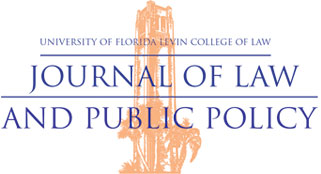
Abstract
Georgia coastal cemeteries are one of many facets of modern life that are at-risk due to the sea level rise—and its increased erosion, flooding, and storm surge—brought on by climate change. The unique historical development and property rights associated with the graveyard require investigation to better understand the opportunities available for environmental mitigation and cemetery relocation. Georgia law, like the law in many states, includes statutes regulating modern “perpetual care” cemeteries, as well as older “abandoned” cemeteries. The statutory factors and requirements for disinterment and relocation require careful analysis and thoughtful planning. Common law in the state also sheds light on the nature of the cemetery easement––the right to access the grave. The unique rights associated with this easement, particularly its inheritability and its potential transferability, are legal concepts to understand and utilize when a cemetery becomes endangered by sea level rise. Key cases emphasize both that a statutory presumption exists in favor of leaving the dead undisturbed and that this presumption may be overcome if preserving human remains requires removing them. Overcoming this presumption involves mixed questions of law and fact, difficult conversations with descendants, changing land use, and considering important equity issues. This Article identifies the current state of cemetery law in Georgia and highlights the strategic tools that courts, communities, municipalities, and advocates can use to disinter and relocate human remains where necessary, as well as the legal ambiguities and practical challenges likely to be encountered along the way.
Recommended Citation
Revell, Hunt
(2022)
"Protecting and Preserving the Dead: Georgia Cemetery Law and Sea Level Rise,"
University of Florida Journal of Law & Public Policy: Vol. 32:
Iss.
3, Article 1.
Available at:
https://scholarship.law.ufl.edu/jlpp/vol32/iss3/1